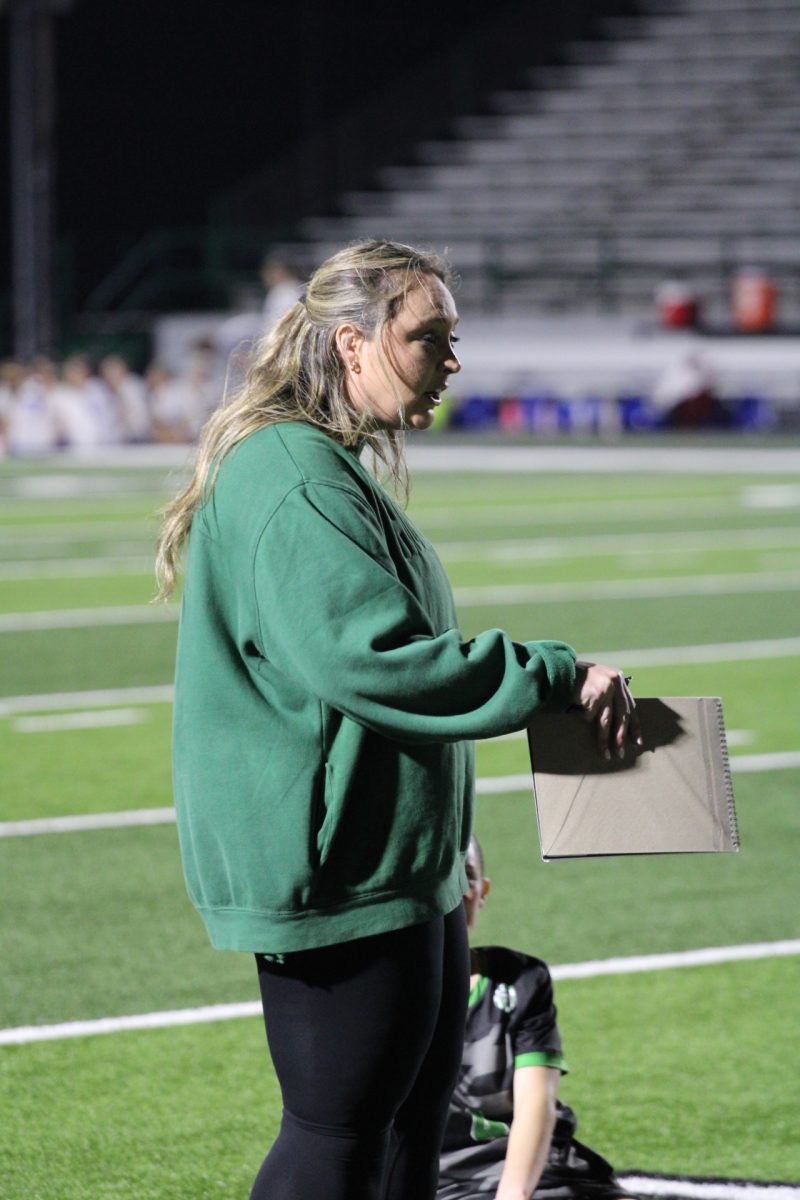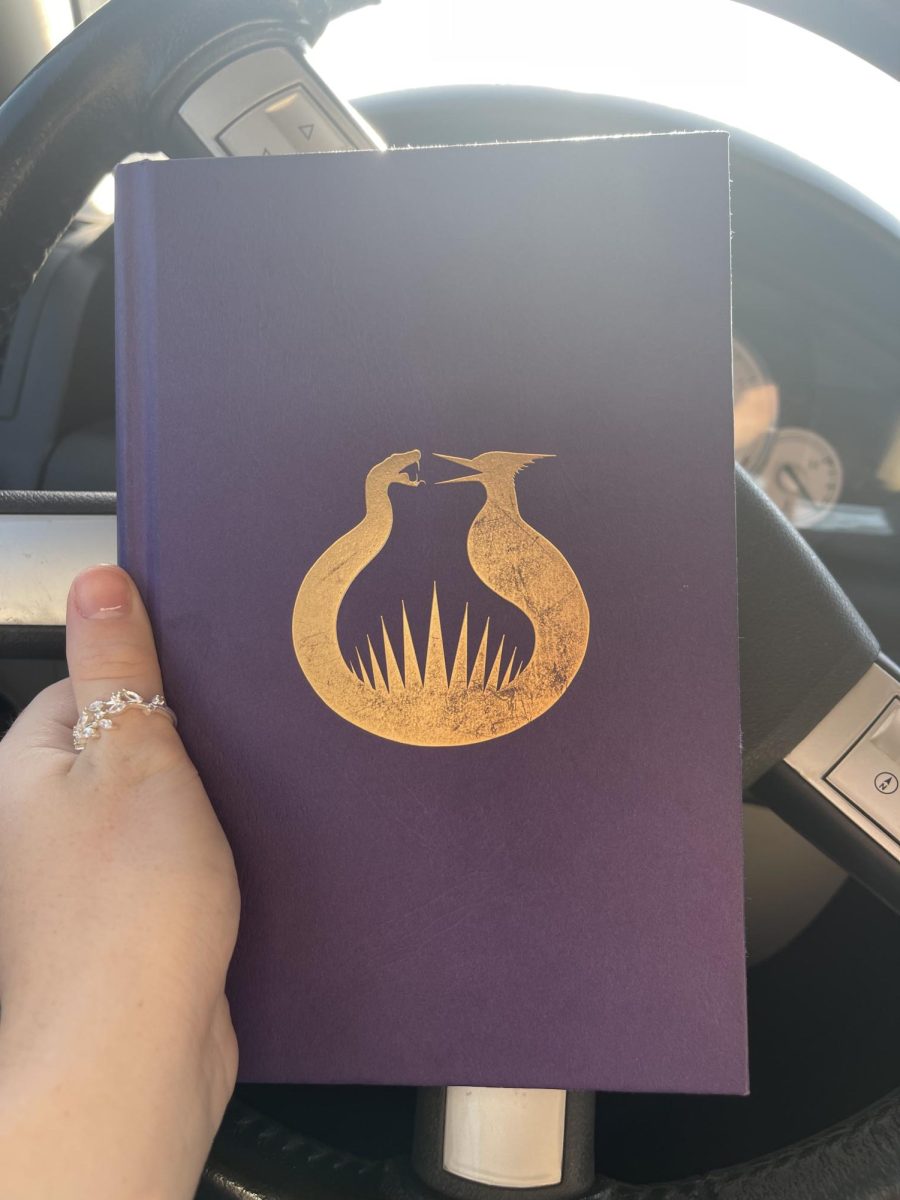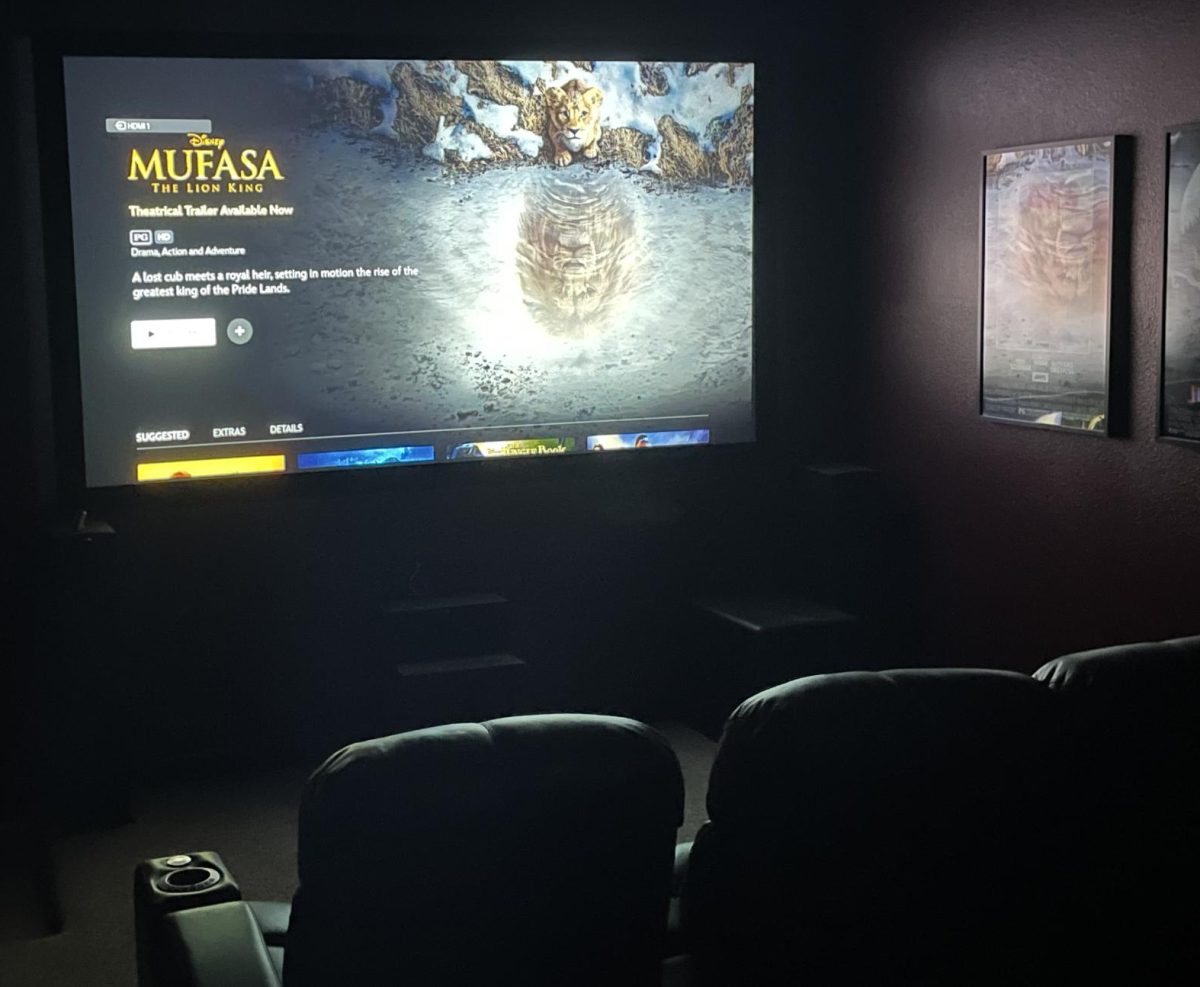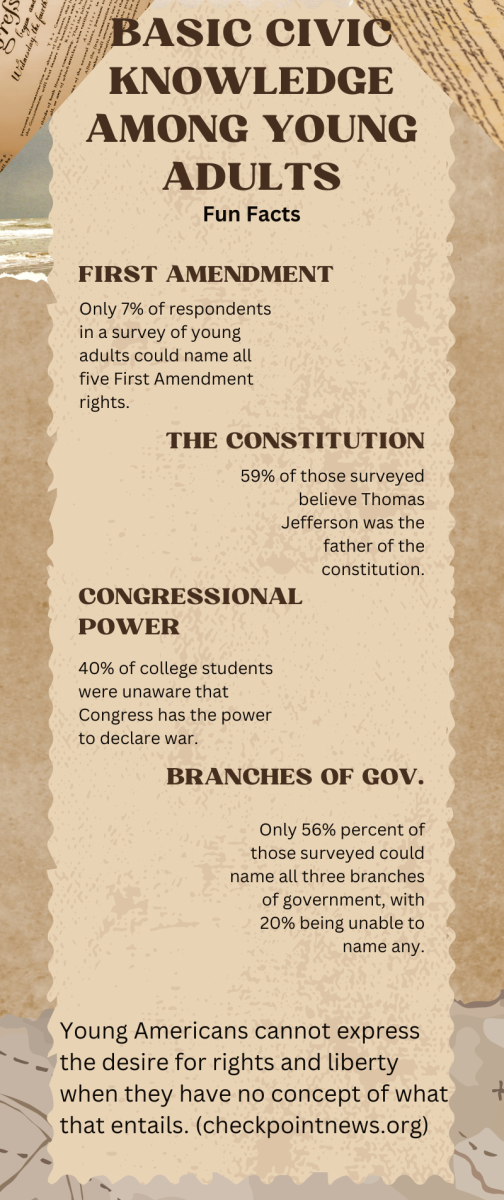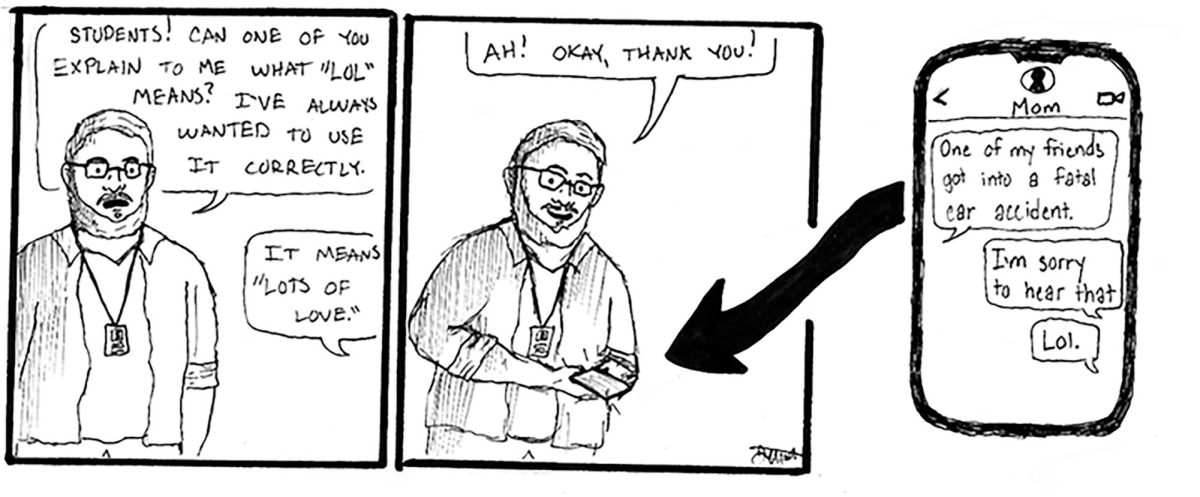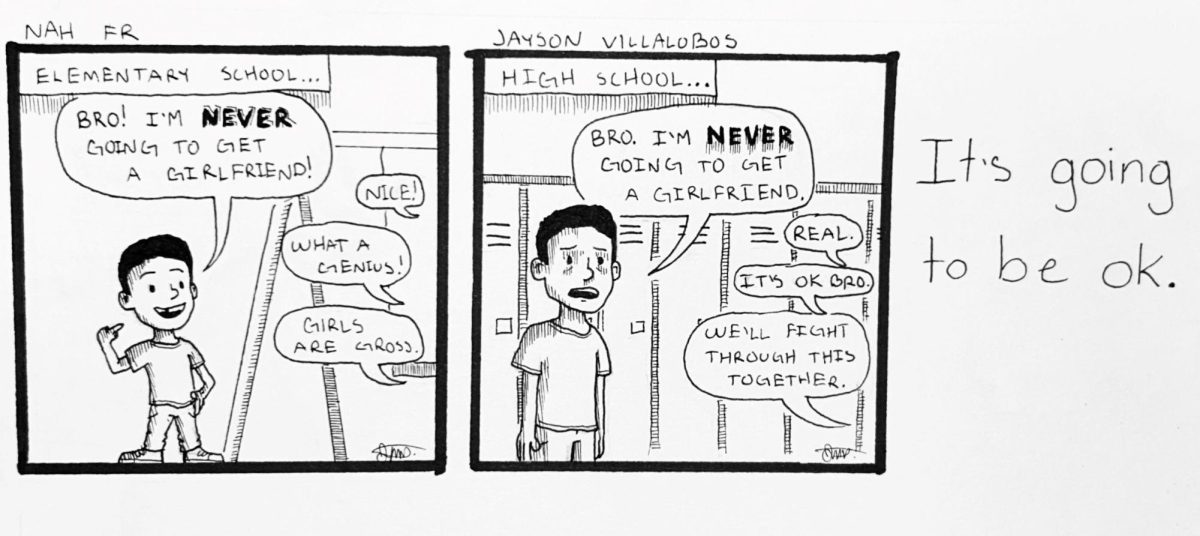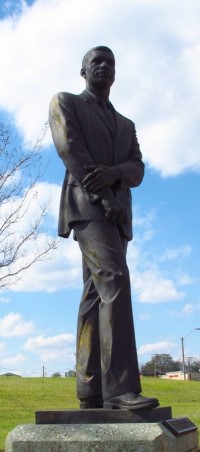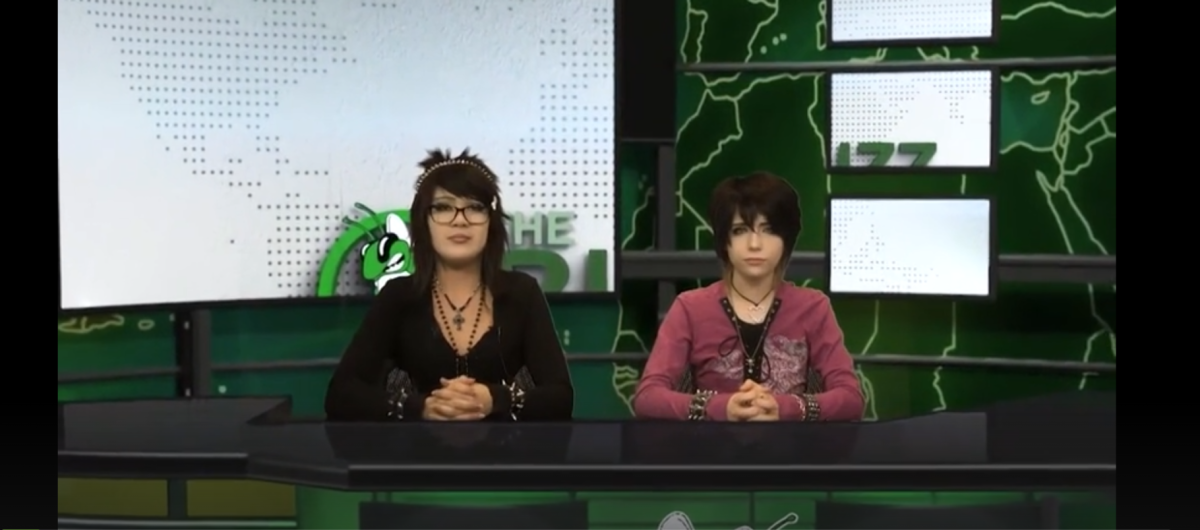On Oct. 7, Hamas, the largest militant group in the Palestinian territories and one of the two major political parties known for their armed resistance against Israel (Counter Terrorism Guide), instigated many surprise cross-border raids from Gaza toward many Israeli towns — killing over 1,400 people as well as hundreds of hostages (CNN).
In response to Hamas’ attack, Israel launched “Operation Swords of Iron,” consisting of Israel pummeling the Gaza territory with air strikes that have killed more than 7,300 people and injured 18,500 others (CNN). Along with the air strikes, Israel cut off all access to basic necessities, from fuel to medical supplies and water, to the Gaza population (AFSC).
To gain some understanding as to why these cruel circumstances are occurring, people need to find the roots of the conflict.
The stem of the problem began in 1917 when Palestine was placed under the administration of the UK along with other former Ottoman territories. While the other territories became independent states, Palestine was put under a British Mandate that incorporated the “Balfour Declaration of 1917” which expressed support for Palestine becoming the national home for the Jewish people. From 1922-1947 there was a large-scale Jewish immigration mostly from Eastern Europe especially in the 1930s with Nazi persecution. Arabs demanded independence and resisted immigration leading to the Arab Revolt in 1937 which futhered terrorism and violence from extremists on both sides. The tensions led to matters concerning Palestine to be transferred from the UK administration to the UN (UN).
After looking at various alternatives, the UN proposed the termination of the mandate and Resolution 181 (II) of 1947 where Palestine was split into two independent states —one Jewish state and one Arab state with Jerusalem as an international territory (UN). On May 14, 1948, the State of Israel was created sparking the first Arab-Israeli War as Arab leaders rejected the plan. The war ended with an Israeli victory and caused 750,000 Palestinians to be displaced. In addition, the territory was split into 3 parts: the State of Israel, the West Bank of the Jordan River and the Gaza Strip (CFR).
The Six-Day War in 1967 became a turning point in the history of the Palestine-Israel conflict where Israel captured the West Bank, East Jerusalem, the Gaza Strip, and the Golan Heights which were predominately Palestinian neighborhoods. This began the Israeli occupation of Palestinian territories for decades to come (ABC).
Throughout many decades, various negotiations and peace offers have been attempted such as the 1990s Oslo Accords, which hoped to resolve the conflict and achieve a two-state solution. What was proposed is that the land would be split into three sections: two would be either totally Israeli or Palestinian-controlled, and the third one would be neutral territory. While, on paper, the proposal would seem to work, the lack of access to basic necessities led to the rejection of the Oslo Accords from the Palestinians once again leaving the region with no solution to the conflict.
The future of Israel and Palestine is still unknown, but historical context is important to understand what is occurring in the present time and be able to see what may come for the future with a possible solution in the end.













